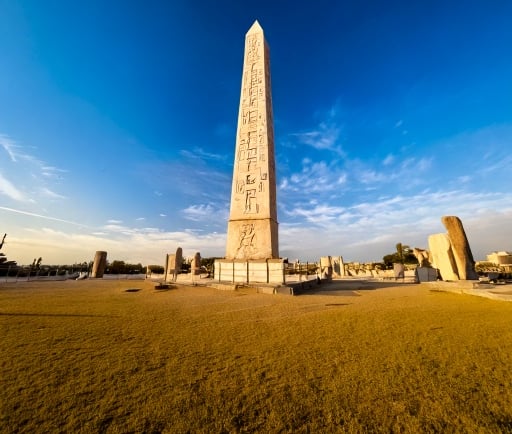Unveiling Secrets: French Egyptologist Discovers Inscription on the Lunar Obelisk


Introduction to the Discovery
In a remarkable archaeological achievement, a French Egyptologist has uncovered ancient inscriptions on the lunar obelisk located at the Place de la Concorde in Paris. This historic site, known for its rich history and cultural significance, adds yet another layer to our understanding of the Pharaoh Ramesses II and his enduring legacy. The obelisk holds inscriptions that contain invaluable information regarding ancient Egyptian beliefs and rituals.
Significance of the Inscriptions
The inscriptions on the lunar obelisk have been meticulously analyzed and are titled 'Chosen of Ra.' They reveal intricate details about the religious beliefs surrounding the Pharaoh Ramesses II, showcasing the significance of the sun god, Ra, in ancient Egyptian spirituality. Additionally, the inscriptions reference the Ka-force of Atum, shedding light on the importance of appeasing deities to secure a favorable afterlife.
Deciphering the Crypto Hieroglyphs
As the process of deciphering the crypto hieroglyphs continues, scholars anticipate that more insights will emerge about the rituals and customs of ancient Egypt. The inscriptions not only serve as a testament to the architectural prowess of the time but also pique curiosity about the societal structure and religious practices of the era. What remains unclear is how these inscriptions may influence current understanding and interpretations of Egyptian history.
This discovery not only emphasizes the significant crossover between archaeology and history but also validates the continued relevance of Egyptology in our quest to understand ancient civilizations. The work of this French Egyptologist serves as a reminder of the intricate link between the present and the past, igniting a renewed interest in the mysteries of ancient cultures.
As research progresses, it will be fascinating to see how these inscriptions might alter historical narratives surrounding Pharaoh Ramesses II. Each unique aspect of this discovery contributes to a greater appreciation of ancient Egyptian civilization and its multifaceted impacts on history.
